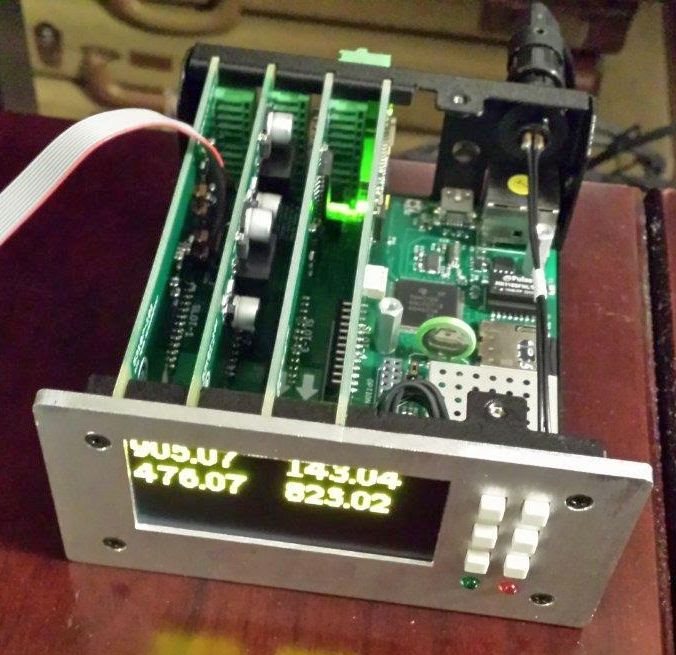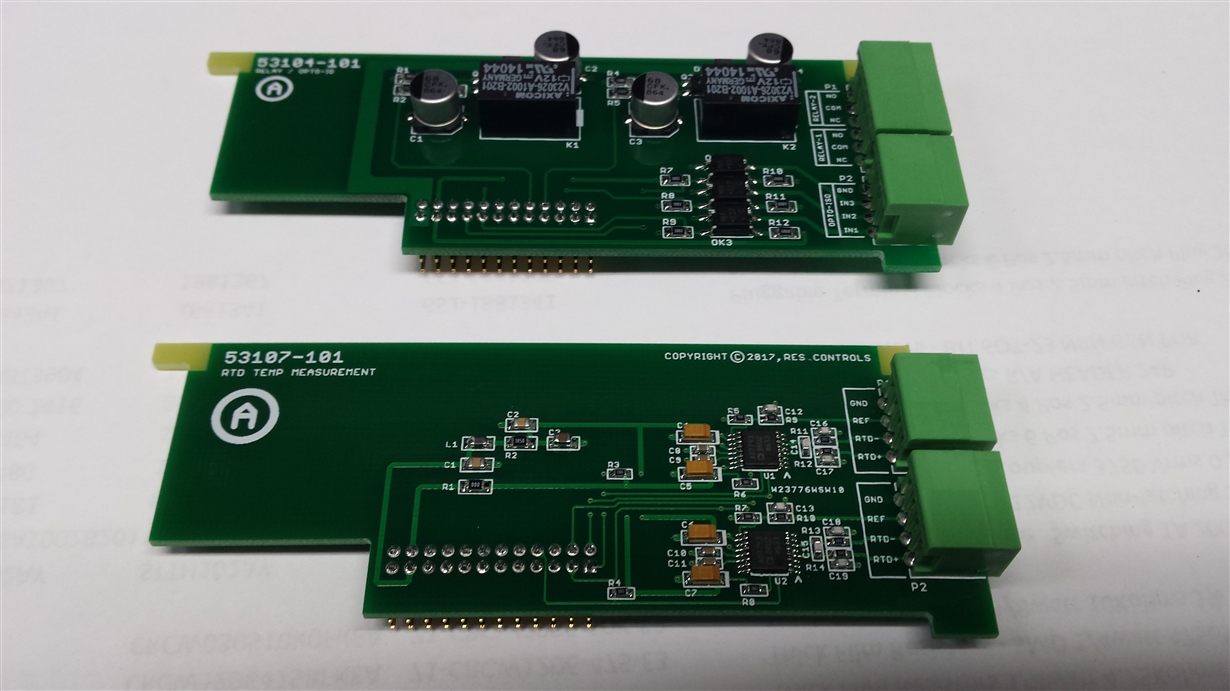Other Parts Discussed in Thread: CC3100, LM43602, LM5576-Q1, LM5576
Fellows,
A colleague of mine designed a "multi-purpose" industrial meter based on TM4C129, with buttons, oled display, power supply, ethernet and slots for general daughterboards.
He created it "just because he can". The basic FW runs TI-RTOS, and there are daughterboards for optos, relays, RTC, ADC and I'm not sure what else at this point.
I SWEAR this is not advertisement - he does not even know I'm posting it, and it is not even a commercial product. Just thought I'd throw it in here, to hear if anyone has suggestions, application ideas, comments and what not.
Regards
Bruno


















